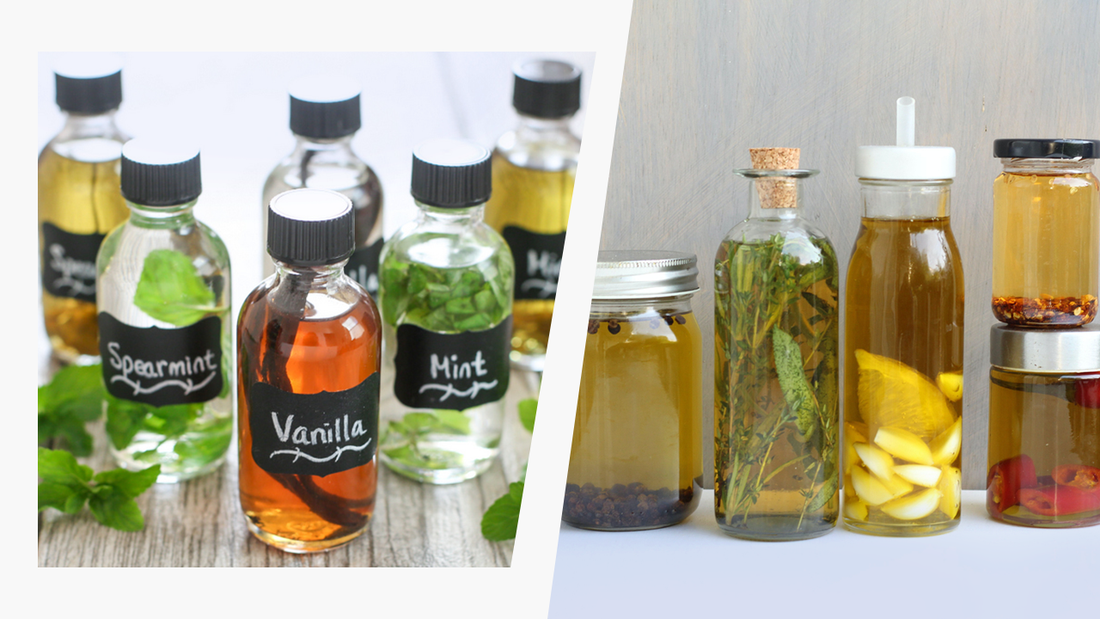The world is moving towards instant food options. Increasing consumption of processed and ready-to-eat foods in both developed and developing economies is expected to drive the global flavoring agents market over the forecast period. Most commonly, flavoring agents are used to enhance the quality of food products that have lost their natural flavor over time or during the processing treatments.
By adding flavoring agents to most food products, you can enhance their flavor and sometimes texture too. Tasty food items can stimulate your appetite and that is when you notice any chips or wafer companies using flavoring agents for their products. Aside from that, flavoring agents are extensively used in the processed food industry, where using natural flavors becomes impossible. The taste of flavoring agents also resonates with consumers' authentic and familiar tastes, influencing their purchase decisions.
There are many types of flavoring agents but you will commonly find three types: natural flavors, artificial flavors, and nature-identical flavors.
Natural flavoring agents: Various natural flavoring substances are extracted from plants, herbs, spices, animals, and microorganisms. Natural flavorings include essential oils and oleoresins derived from solvent extracts with the solvent removed, herbs, spices, and sweetness.
Synthetic flavoring agents: A synthetic or artificial food flavoring agent is chemically similar to a natural flavoring agent, but it is more readily available and less expensive. There is, however, one disadvantage of these artificial flavors, which may not be exactly analogous to the natural ones they are imitating, like amyl acetate and ethyl butyrate.
Nature-identical flavors: In the field of flavoring agents, nature-identical agents are substances that are synthesized or isolated through chemical processes. The chemical composition of artificial flavorings is identical to that of their natural counterparts. Artificial flavoring substances cannot be present in these flavoring agents.
Most commonly used flavoring agents
There is a wide variety of chemical flavoring agents available in the market, including alcohols, esters, ketones, pyrazines, phenolics, and terpenoids. The taste of alcohol is bitter and medicinal, the taste of esters is fruity, the taste of ketones and pyrazines is caramelized, the taste of phenolics is smoky, and that of terpenoids is citrus or piney. All these can be used as food flavoring agents in many industries.
How do Industries use food flavoring agents?
Below are the applications which briefly show how these flavoring agents are used in meat, baked products, snack products, sugar confectionery, pickles, sauces, soups, frozen goods, and soft drinks. There are many subgroups of processing technology that need to be considered individually, particularly when using one or more flavoring agents for your product. It is the specialist's responsibility to determine the exact flavor application in each case which must be specific to the industry and in accordance with FSSAI standards. Let us understand how two widely popular flavoring agents are used in the food industry.
Isoamyl acetate
Isoamyl acetate is widely used as a natural flavoring agent. Most ripe fruits contain this natural chemical, which can also be created in a lab and used as an additive to flavor foods. The ester is formed when isoamyl alcohol is esterified with glacial acetic acid by Fischer esterification. Food items like sweets, ice creams, and jellies can be artificially flavored with isoamyl acetate because it has a banana-like aroma. Banana oil, a solution of Isoamyl acetate in ethanol, is the commercial name for this flavoring agent. Furthermore, isoamyl acetate is commonly used as a pheromone beacon to attract bees in apiculture. As of yet, there have been no reported safety concerns associated with the consumption and use of isoamyl acetate as a flavoring agent.
Benzaldehyde
An aromatic compound, benzaldehyde is made up of carbon atoms. As a flavoring agent, it is widely used in various food items to impart almond flavor. In addition to its natural presence in almonds, apricots, apples, and cherries, it can also be synthesized by reacting benzyl chloride with a copper nitrate solution in the presence of carbon dioxide. The aromatic properties of benzaldehyde are also found in several cosmetic products in addition to food items.
If you are in search of the best flavoring agents then visit SBBLG at http://www.sbblgroup.com/. We provide all the widely used flavouring agents.





